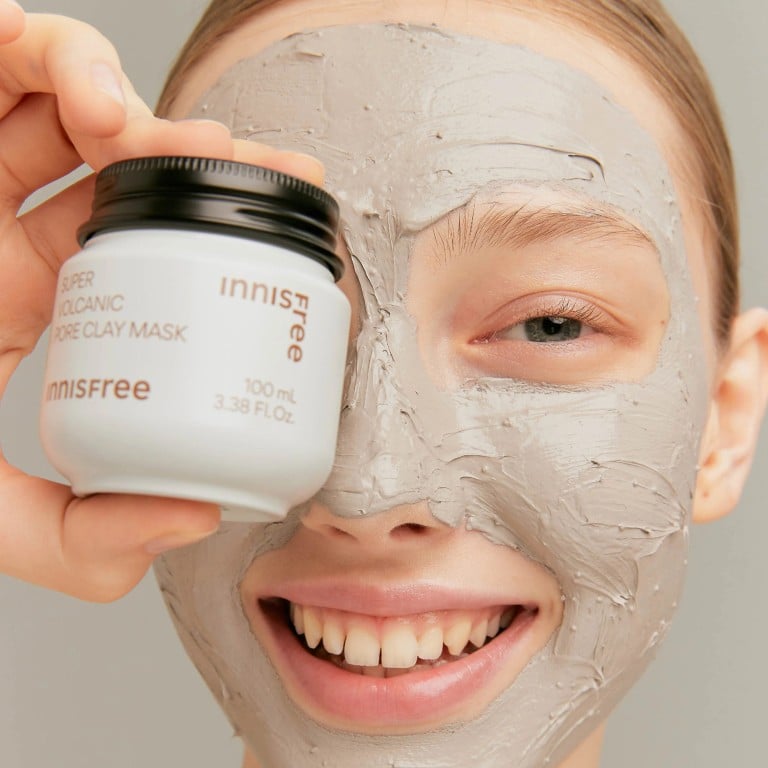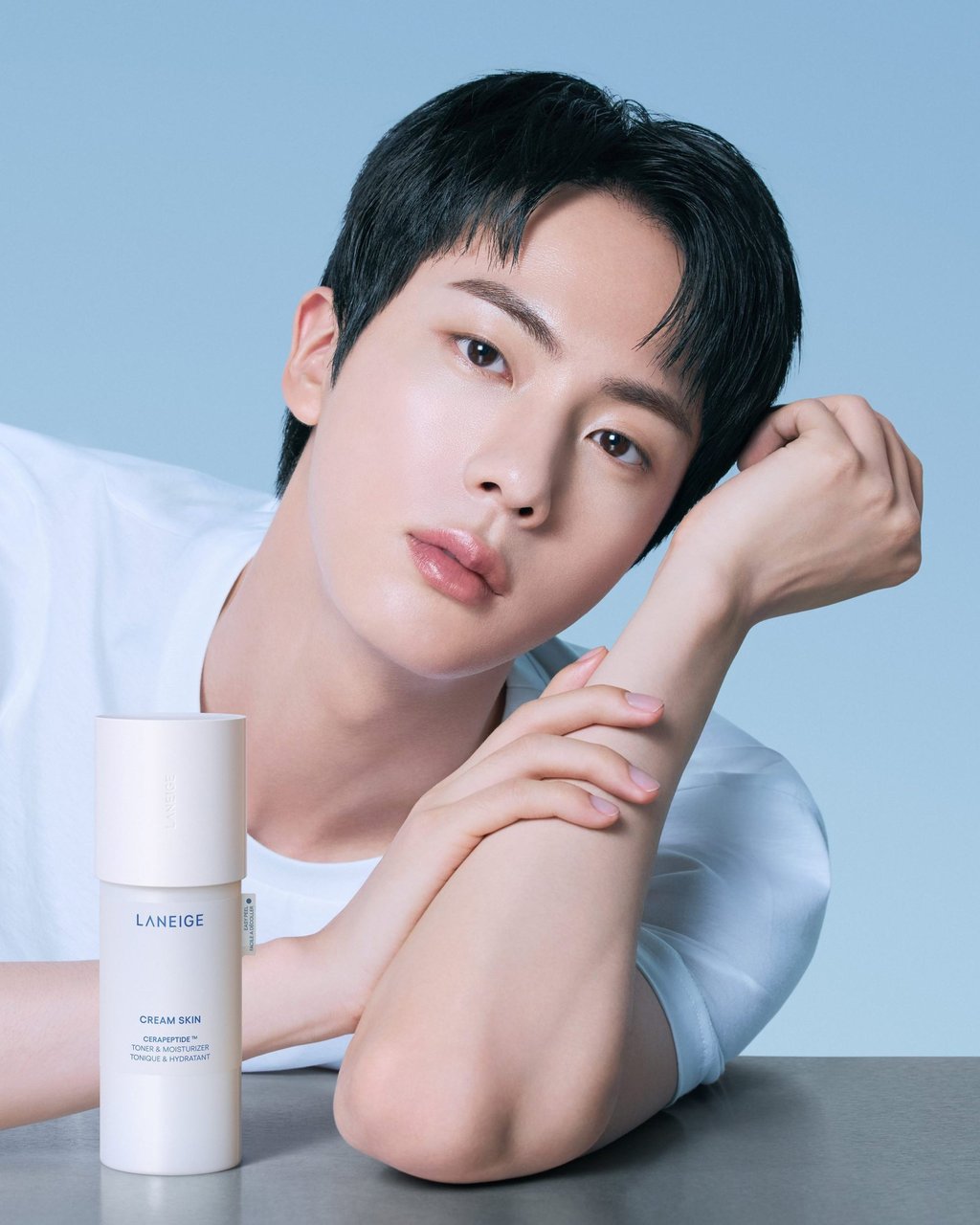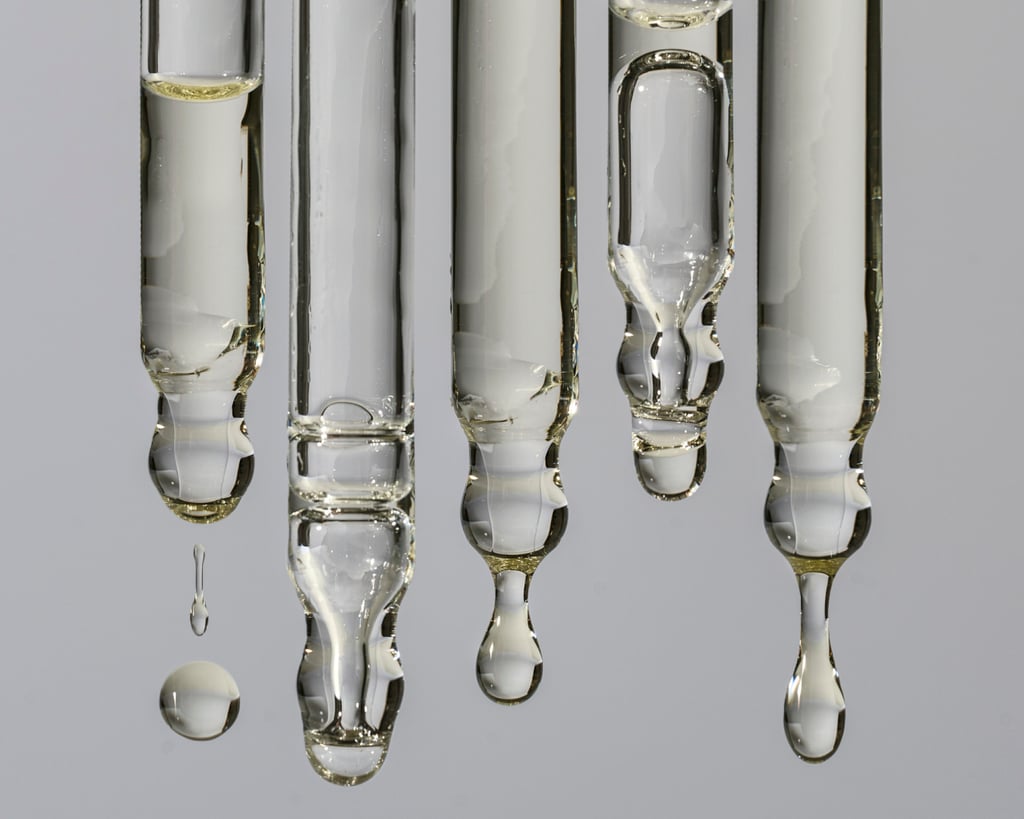J-beauty and K-beauty, compared – but will C-beauty take the crown? Asian brands went global thanks in part to Anne Hathaway and BTS’ Jin, but the likes of Shiseido and Sulwhasoo now have competition

Products from Japan’s Prossence to Korea’s Sulwhasoo, Innisfree and Laneige, have had a big impact on global skincare habits, and now beauty from China is joining the scene
J-beauty and K-beauty rose from the East to enchant the world. J-beauty took the minimalist, less-is-more approach, while K-beauty came in full force, all about multi-step rituals and splashy trends. Both reshaped the industry and set the bar for skincare worldwide, but now these once-supreme giants are finding their influence isn’t quite what it used to be.

J-beauty has long been committed to simplicity and effectiveness. David Yu, co-founder of Prossence, a skincare brand developed with inspiration from K-beauty principles, explains that J-beauty “relies on a few high-quality products with mild ingredients that work well together”, an ideal for those who want “an effective, uncomplicated routine that’s gentle on the skin and works well in the long term”. In classic J-beauty style, brands like Shiseido have championed hydration-focused formulas that keep skin healthy without overdoing it – no fluff, just lasting results.

The global rise of J-beauty and K-beauty can be chalked up to their approaches and rich cultural backstories. With its commitment to quality and tradition, J-beauty became the go-to for those craving authenticity and reliability in their skincare. Brands like Shiseido and SK-II didn’t just build products, they built icons: household names that have become revered for their dedication to timeless, no-fuss excellence.
On the flip side, K-beauty soared on the wings of trendiness and innovation, with the Korean wave (think K-pop idols and K-dramas) spreading the gospel of flawless skin worldwide. K-beauty’s rituals are all about consistently nurturing the skin, in sharp contrast to the West’s “get results now” approach. As Yu explains, “K-beauty is all about building a healthy skin barrier over time, focusing on gradual results with gentle, hydrating products, unlike Western skincare.”
Here, it’s all about layering hydration daily to strengthen the skin for the long haul. Yu notes that, in Korea, skincare is seen as a gentle wellness ritual.

Together, J-beauty and K-beauty shook up the global market, each bringing a fresh, culturally rich approach to skincare.
As Giselle Go, former Harper’s Bazaar Singapore editor and co-founder of Damdam, says, K-beauty stands out for its “playfully innovative products, multi-step routines, and fast-paced product cycles”. It’s skincare that’s indulgent as well as fun – transforming everyday rituals into personal spa moments.




